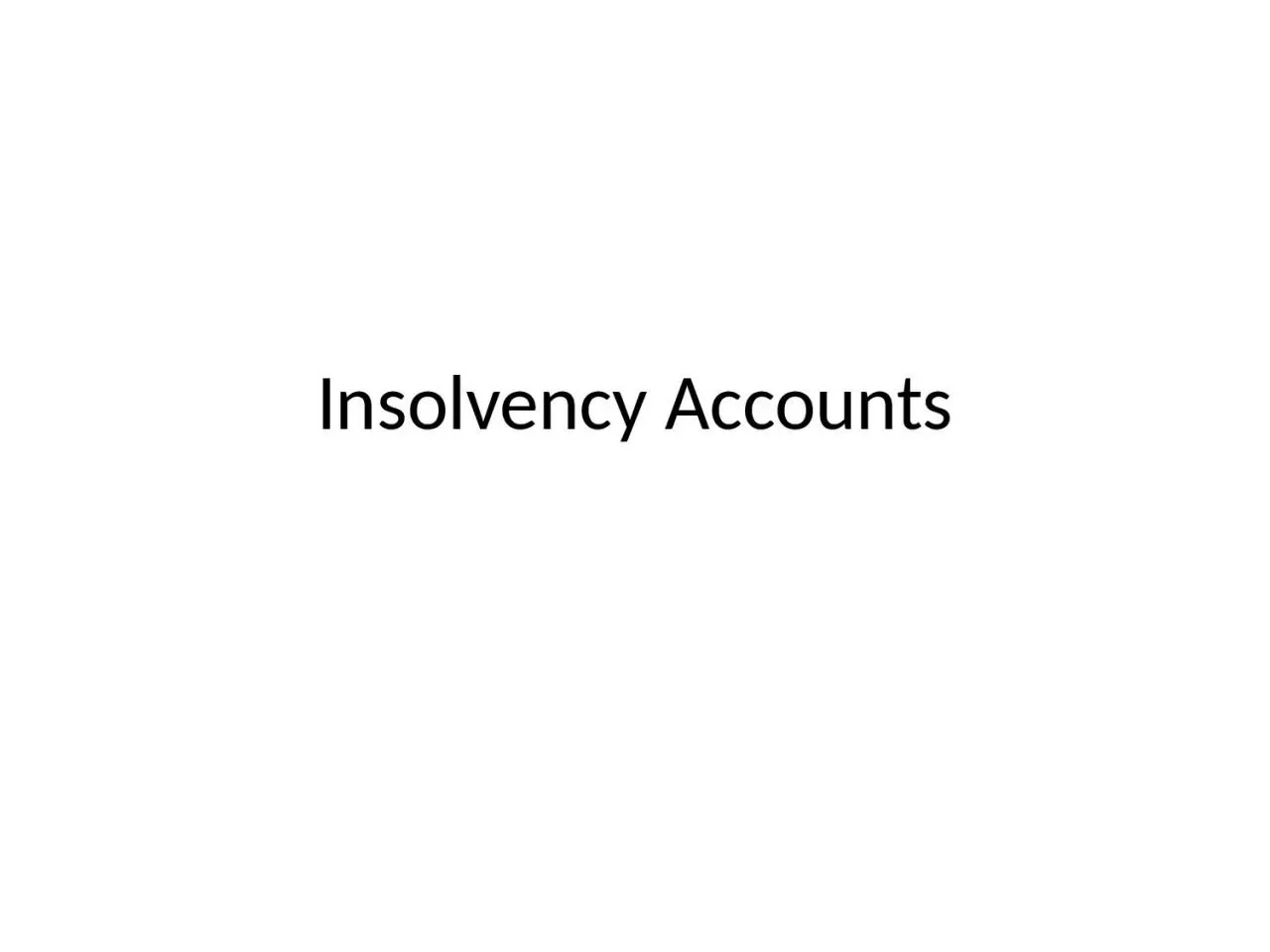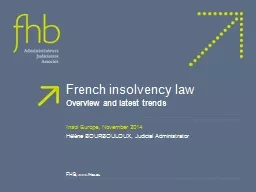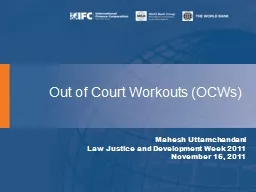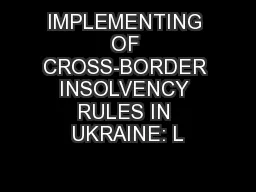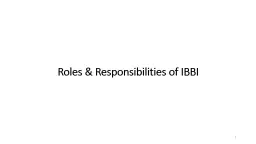PPT-Insolvency Accounts Introduction
Author : teresa | Published Date : 2023-11-06
When any person has more debts due to various circumstances it is not possible for him to pay debts fully Then he takes shelter of government to get rid of
Presentation Embed Code
Download Presentation
Download Presentation The PPT/PDF document "Insolvency Accounts Introduction" is the property of its rightful owner. Permission is granted to download and print the materials on this website for personal, non-commercial use only, and to display it on your personal computer provided you do not modify the materials and that you retain all copyright notices contained in the materials. By downloading content from our website, you accept the terms of this agreement.
Insolvency Accounts Introduction: Transcript
Download Rules Of Document
"Insolvency Accounts Introduction"The content belongs to its owner. You may download and print it for personal use, without modification, and keep all copyright notices. By downloading, you agree to these terms.
Related Documents

